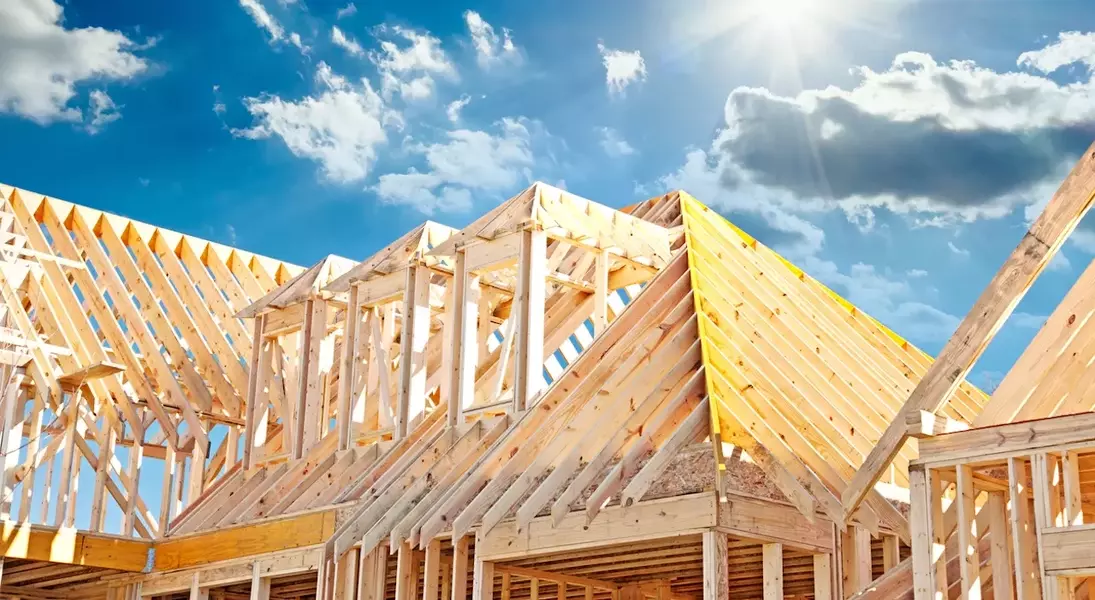More residential construction is now taking place in low density suburbs and outlying regions. This trend is influenced by several factors related to housing affordability. These factors include the persistent lack of buildable lots, increased home building costs, and an ongoing shortage of construction workers. These key findings are from the National Association of Home Builders (NAHB) Home Building Geography Index (HBGI) for the third quarter of 2024.Impact of Covid Pandemic on Residential Construction
Before and during the Covid pandemic, there was a trend of construction expansion in lower density areas. Many households chose to move out of high-density areas to take advantage of increased telecommuting flexibility and the ability to purchase larger homes in more affordable parts of the country. Single-family construction continued to grow across most HBGI geographic areas in the third quarter, but at a slower rate compared to the same period last year, even with high mortgage rates.
Single-Family Construction in Different Areas
In the third quarter, single-family home building had the following market shares: 16.1% in large metro core counties, 24.9% in large metro suburban counties, 9.4% in large metro outlying counties, 29.0% in small metro core counties, 10.0% in small metro outlying areas, and 6.4% in micro counties. Non-metro/micro counties accounted for 4.2% of single-family construction.
Multifamily Construction in High-Density Areas
In the first quarter of 2018, the share of multifamily construction in counties with the highest population density was 68.5%. Now, it stands at 63.2%. Much of this decline happened before the pandemic, and the market share has remained around 64% since 2020. In the third quarter, multifamily home building had the following market shares: 38.7% in large metro core counties, 24.7% in large metro suburban counties, 4.0% in large metro outlying counties, 23.6% in small metro core counties, 4.7% in small metro outlying areas, 3.1% in micro counties, and 1.1% in non-metro/micro counties.The full HBGI data with geographic market shares and growth rates can be found
here. Regulations and NIMBY policies pose significant challenges for builders in urban centers to construct affordable housing, leading to this shift in residential construction. Policymakers at all levels of government need to address these issues by eliminating excessive regulations, easing permitting roadblocks, and promoting careers in the skilled trades to enable builders to construct more homes and apartments across the nation. A full 50% of the U.S. population lives in counties with the highest population density, and previously, these high-density counties accounted for just under 40% of single-family construction in the first quarter of 2018. Since then, the market share has fallen to 36%. This trend was already in progress before the pandemic, as the market share for high-density counties decreased from 39.7% in the first quarter of 2018 to 37.8% in the first quarter of 2020, and further to 35.5% from 2020 to 2022. Single-family construction in high density areas has remained relatively stable since 2022 and is currently at 35.7% in the third quarter.

